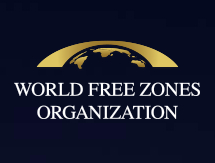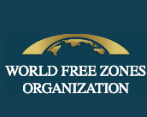Tempo de leitura: menos de 1 minuto
As a national development strategy, Special Economic Zones (SEZs) have become a global phenomenon. From an estimated 500 in 1995, SEZs have now grown to around 4,300 in over 130 countries and employ more than 68 million workers (ADB, 2015).
SEZs play varied roles in facilitating national, regional and local economic development, and global economic connections, with some remarkably successful in doing so. But many others (quite possibly the majority) fail to achieve a fraction of their intended objectives. The sheer number of SEZs, and their uneven success raises two critical questions:
Are SEZs still relevant and effective as a development strategy in this crowded and connected global marketplace?
What is required for a SEZ to succeed in such shifting national and global economic conditions?






Os comentários foram encerrados, mas trackbacks e pingbacks estão abertos.